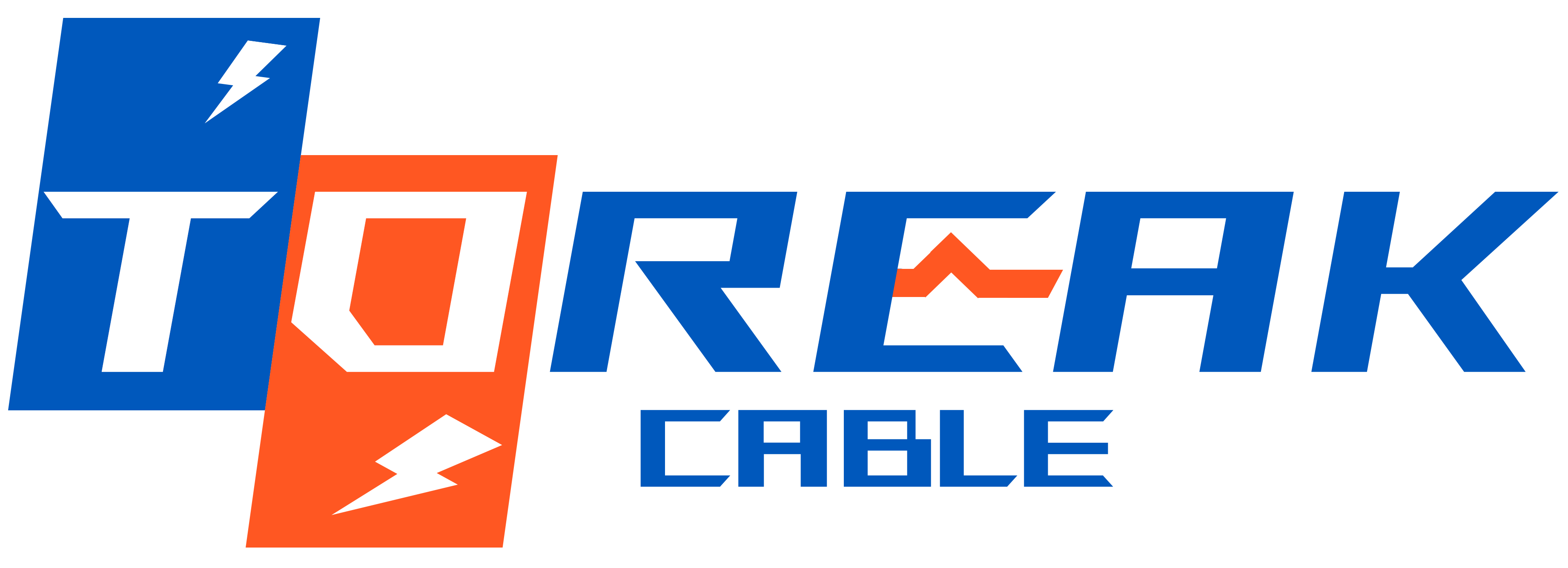Effective bundling and fixing of cables in the harness is an important step in ensuring the performance, reliability, and durability of the harness. Here are some key bundling and fixing methods:
Choose appropriate binding materials:
Cable Ties: A commonly used binding material that has a good fixing effect. Choose cable ties of appropriate length, width, and material (such as nylon, plastic, metal) to meet different wiring harness requirements.
Hook and Loop Tapes: This material is soft and adjustable, suitable for harnesses that require regular disassembly and rewinding.
Rope or strap: In some large or heavy wire harnesses, using ropes or straps for bundling can provide stronger fixation.
Determine bundling strategy:
Reasonable distribution: evenly distribute the cables within the bundling tape to avoid concentration in one place and reduce stress concentration.
Avoid excessive tension: When bundling, excessive tension should be avoided to prevent damage to the cable insulation layer, while maintaining sufficient fastening force to prevent cable movement.
Route the wiring harness:
Layered arrangement: Arranging cables in layers according to their functions or signal types can help reduce signal interference.
Avoid crossing and winding: Try to avoid cable crossing or winding as much as possible, which can reduce interference and physical stress.
Fixed wiring harness:
Cable Clips: Use cable clips to secure the wiring harness in a specific position, ensuring that the harness does not move.
Cable Holders: Use cable holders in areas that require strong fixation, especially in environments with vibration or motion.
Provide appropriate protection:
Cable Sleeves: Wrap cables with protective sleeves or pipes to protect them from mechanical damage and environmental impact.
Tensile design: Consider tensile design during the binding and fixing process to prevent cable damage due to pulling.
Organize wiring harness:
Wire harness organizer: Use a wire harness organizer to help keep cables neat and orderly, reducing confusion and interference.
Label identification: Add labels to cables and harnesses for easy maintenance and identification in the future.
Regular inspection and maintenance:
Regular inspection: Regularly check the binding and fixing status of the wiring harness to ensure that there is no looseness, wear, or damage.
Maintenance and adjustment: Maintain and adjust as needed to keep the wiring harness in good condition.

